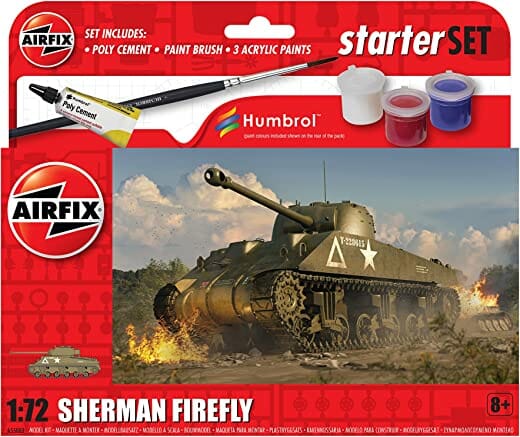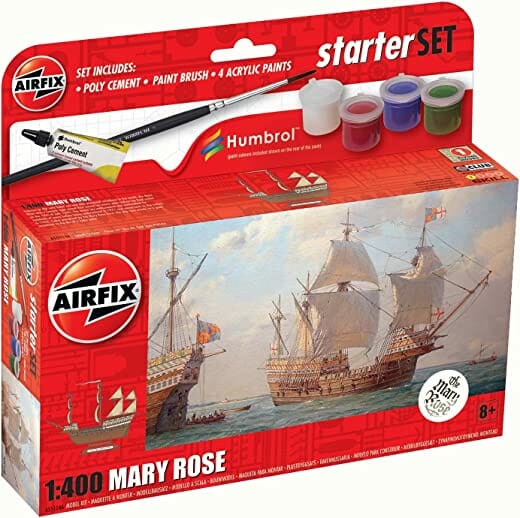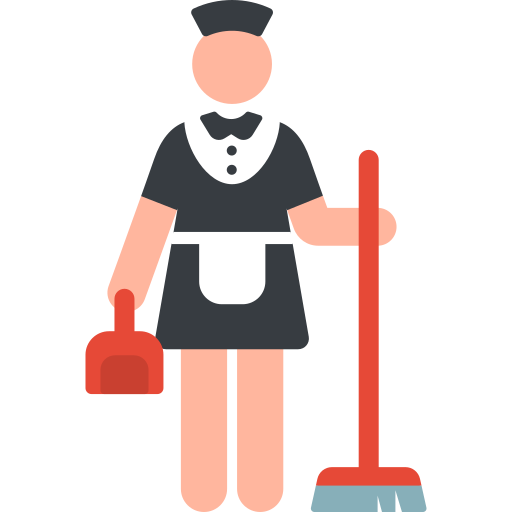
Table of Contents
Selecting a model kit for a beginner to begin with can be overwhelming, but there are several characteristics you can consider as a starter:
Getting into building model kit for a beginner can be a daunting task, but the rewards of creating a stunning model kit far outweigh the difficulty.
Your level of experience: It is critical to begin with the a model kit for beginner for your level of competence. If you’re a complete newbie, start with a small kit with a few parts that is straightforward to assemble. As you acquire experience, you can progress to more sophisticated kits with more pieces and finer degrees of detail.
To start off, you’ll need to purchase the right materials and tools for your project. A model kit for a beginner usually comes with instructions and all the pieces you need, but you may also need to buy additional items such as paint, glue, and other accessories to complete the project. Make sure you follow the instructions carefully, especially when it comes to the type of glue and paint used, as these can sometimes be hazardous.
What Model Kit For A Beginner Do You Wish To Start With?
Your interests: Select a kit that is connected to your interests or hobbies. If you’re interested in cars, you may start with a model car kit. If you’re interested in aviation, you might start with a model airplane kit.

Model kits are classified as snap-together, glue-together, or paintable. If you’re new to modeling, you might choose to start with a snap-together or glue-together kit that requires little painting and finishing.
Kit quality: Look for a model kit that is well-designed, precisely detailed, andmade of high-quality materials. Check out online reviews and forums to see what other modelers are saying about the kit’s quality.
Budget: Model kits fluctuate in price, so consider your budget while purchasing a kit. You don’t need to spend a lot of money to get started, but investing in high-quality equipment can make a great difference in the overall outcome.
Remember that the most important thing is to select a model kit for a beginner that you are interested in and enjoy assembling. With practice and skill, you can progress to more complex kits and techniques.
A Beginner’s Craft and Painting Tools
To assemble a model kit for a beginner, you will need a few basic craft tools and painting supplies. Here are some essentials you may require:
Model kit for a beginner: Obviously, you’ll need a plastic model kit. Models include airplanes, cars, artillery, ships, tanks, and figures.

A pair of side cutters or sprue cutters to extract the pieces from the plastic sprues, and a hobby knife to remove any excess plastic or clean up the parts.
Sandpaper: You’ll need a variety of grits of sandpaper, including 220, 400, and 600. You can use these to sand the kit’s pieces, remove imperfections, and smooth the surfaces.
Glue: You’ll need a plastic model cement that fits with the sort of plastic in the kit. Most kits use polystyrene cement.
Paint: Depending on your preferences, you can use acrylic or enamel paints. You’ll need a range of colors, brushes, and a paint tray or palette.
Primer: A plastic primer can be used to prepare the surface of plastic items before painting.
Masking tape: Masking tape is required to establish crisp lines between different paint colors or to protect certain areas from paint overspray.
Tweezers: When working with small items, a pair of tweezers can be very useful.
Paint thinner: If you’re using enamel paints, you’ll need paint thinner to clean your brushes.
These are the fundamental tools and equipment required to build a model kit for a beginner. As you acquire skill, you may discover that you require extra tools to make more sophisticated models.
Advanced Tools & Painting Equipment Required
If you have some experience creating plastic model kits and want to take your talents to the next level, there are certain sophisticated tools and painting equipment you should consider adding to your arsenal. Here are some alternatives:
An airbrush is a tool that allows you to spray paint in a fine, controlled manner. It can be used to achieve smooth, even applications of paint and to create more detailed color patterns.
Compressor: If you opt to use an airbrush, you will also need a compressor to power it. Compressors are available in a variety of sizes and features, allowing you to select one that meets your requirements and budget.

Spray booth: A spray booth is a device that helps contain overspray from airbrushing, safeguarding your workspace and keeping the air clean.
Cutting mat: A self-healing cutting mat may preserve your work surface while also providing a smooth and sturdy cutting surface for your equipment.
Photo-etched pieces are thin metal sheets with fine details that can be utilized to enhance the appearance of a plastic model. Special adhesives are used to attach these elements to a model.
Decals are graphic pictures that can be placed onto a plastic model to create detailed designs or to add details such as logos, warning labels, or other text.
Fine-tip brushes: Fine-tip brushes can be used to create little details or touch-ups, such as painting individual rivets, weathering, or small regions that require a precise touch.

Weathering products: Weathering products can be used to add rust, filth, or other wear and tear to a model.
These are just a few examples of sophisticated tools and painting equipment that intermediate builders may want to consider adding to their arsenal. Keep in mind that, while these tools can assist you in achieving more sophisticated approaches and effects, they may also necessitate further learning and work to master.
Model kit for a beginner can eventually progress into model kits for adults. With the right supplies and instructions, you’ll be able to create a stunning masterpiece that you can be proud of.
Check these out in our site
Best model kits for beginners to build: Revell 85-1235 2017 Ford GT Model Car Kit 1:24 Scale 27-Piece Skill Level 2 Plastic Easy-Click Model Building Kit, White
Best beginner model car kits to build: Revell 85-1241 2018 Ford Mustang GT Model Car Kit 1:25 Scale 13-Piece Skill Level 2 Plastic Easy-Click Model Building Kit, Orange
Best model airplane kits for beginners to build: Airfix Quickbuild P-51D Mustang Airplane Brick Building Plastic Model Kit J6016
What Traits Are Required When Building Model Kits?
Building a model kit for a beginner can be a fun and rewarding pastime, but it also demands specific attributes and talents to execute it properly. Here are a few crucial characteristics to look for while building a model kit for a beginner:
Patience: Model making can be a time-consuming process that necessitates meticulous attention to detail and exact labor. Patience is required to avoid rushing the process and producing a shoddy model.
Attention to detail: Model kit for a beginner necessitates a high level of attention to detail to guarantee that all of the parts are assembled correctly and that the model looks accurate to the actual thing. A keen sense of detail is required.
Persistence: Building a model kit for a beginner can be difficult at times, and you may run against roadblocks along the way. Persistence is vital in ensuring that you don’t give up easily and are eager to face any problems.
Problem-solving abilities: Building a model kit for a beginner can necessitate some problem-solving abilities, particularly when confronted with unforeseen complications or obstacles. The ability to assess difficulties and come up with solutions might be beneficial in establishing a successful build.
Model kit for a beginner making necessitates the use of small tools and pieces that necessitate good hand-eye coordination. Precision manipulation of small parts and tools is required.
Creativity: While some model builders strive to produce precise reproductions of real-life models, others enjoy experimenting with colors, textures, and designs to create one-of-a-kind models. Creativity may help you bring your model-building ideas to life.
Model making involves numerous small components and equipment, and having them organized and conveniently available will assist ensure that the building process is smooth and fast.
These are only a handful of the characteristics that can be beneficial while building a model kit for a beginner. While some of these characteristics may come naturally, others can be developed and refined over time through practice and experience.
Keep Your Workplace Tidy
Good organization and tidiness are essential for any home workshop. Making sure your workspace is neat and tidy will help you stay productive and efficient, while also avoiding potential accidents and injuries.
To keep your home workshop organized, start by clearing out any unnecessary or outdated tools, materials, and supplies to make more room and get rid of clutter. Make sure everything has its own designated spot and is easily accessible so you don’t have to spend time hunting for items when you need them. Label shelves, drawers, and containers as needed.
Invest in storage solutions like toolboxes, pegboards, and wall-mounted cabinets to organize materials, tools, and supplies. Use slat walls or pegboards to hang and store items like screwdrivers, wrenches, and hammers in an organized and efficient manner. Buy stackable containers to store parts and components so they’re easier to find and access.
Finally, develop a cleaning and maintenance schedule and stick to it. This will prevent dust and dirt from clogging up small parts and pieces and ruining valuable items. Wipe down your equipment with a damp cloth and vacuum or sweep the workshop floor regularly to keep it clean.
By following these steps, you’ll be able to keep your workshop tidy and organized and make sure it’s always ready to help you work on your projects.



